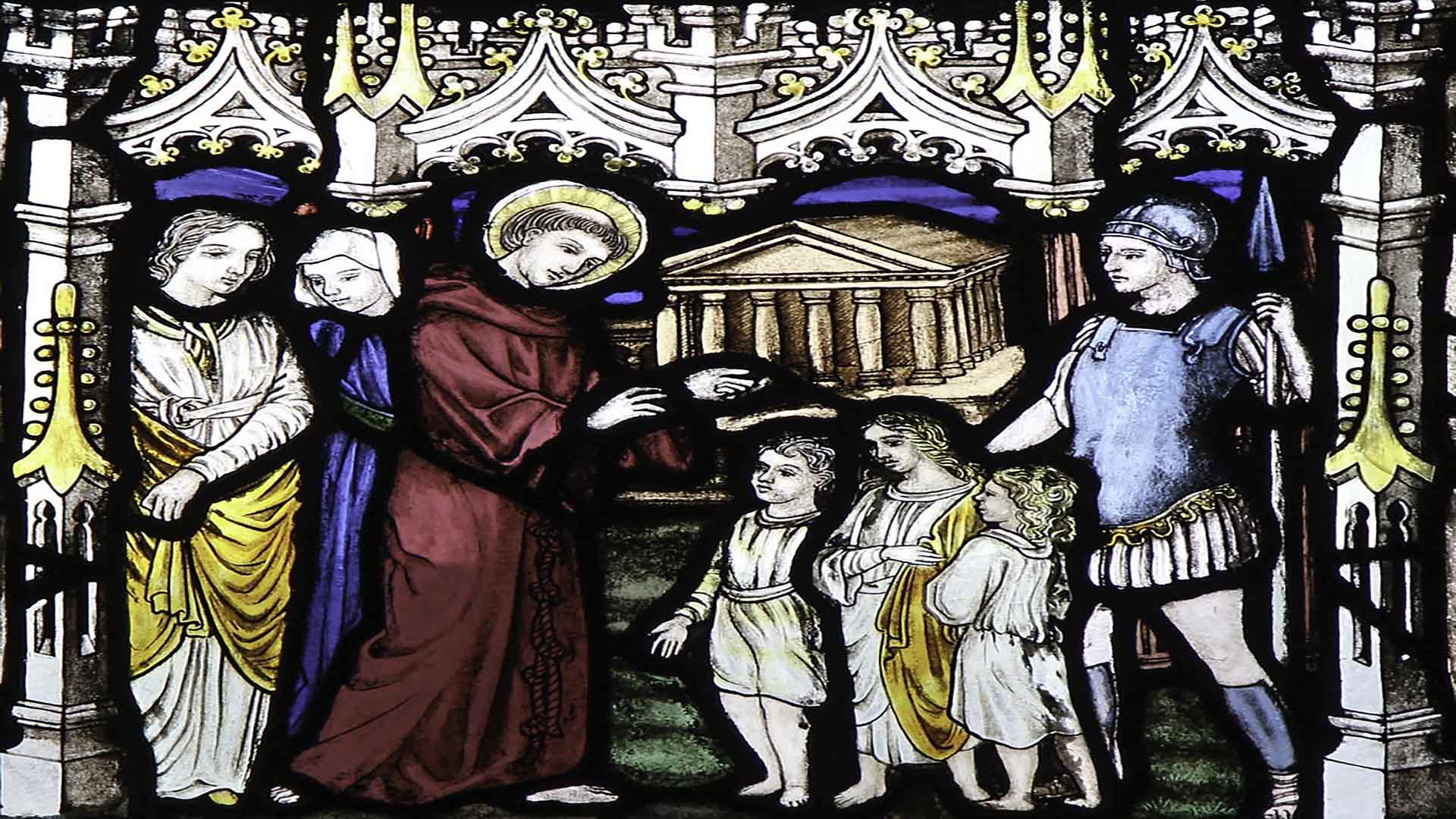Between London and Rome
The funeral ceremonies of Her late Majesty Queen Elizabeth II were a sight to behold. They summoned up Wordsworth’s lines about the grandeur of London in the early nineteenth century:
Earth has not anything to show more fair:
Dull would he be of soul who could pass by
A sight so touching in its majesty…
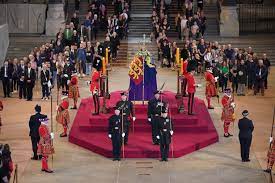
What prompted billions across the globe to be glued to their screens during the week-long obsequies? It was heartening to see the religious conviction of a modern monarchy; consoling to watch grief and gratitude enfolded under a magnificent blue sky; and to appreciate the amazing dignity and grace of regalia. The ceremonials were a fitting tribute to a monarch who valued truth, goodness and beauty, Christian virtues par excellence. As in life, so in death.
As I looked at commoners in never-ending queues filing past the Queen’s coffin with a bow before, my mind travelled back in history. Britain was a seat of the Roman Catholic faith from the third century onwards. In circa AD 1601, Ethelbert of Kent became the island’s first Catholic king. Other kings followed suit. Interestingly, Elizabeth II could trace back her lineage to the first king of all of England, Athelstan (895-939 AD), and his father Edward the Elder and grandfather Alfred the Great, of the House of Wessex.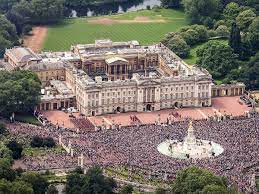
Clearly, neither monarchy nor Christianity was foreign to Britain. The country had a long communion with Rome, but alas, King Henry VIII ended it in AD 1534, forming the Church of England, also known as the Anglican Church. However, much of the Roman Catholic tradition persists, being particularly close to the hearts of the Anglo-Catholics, products of the Oxford Movement led by John Henry Newman, who later converted to Catholicism and became Cardinal. That ensures that Britain remains Rome’s closest natural ally.
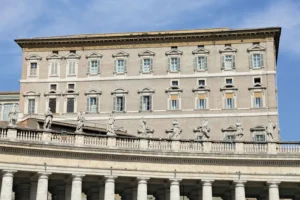 Another facet that unites Britain and Rome is the institution of the monarchy. Whereas the former is now a constitutional, hereditary monarchy, whose titular, historically, was granted the title ‘Defender of the Faith’ by the Parliament; the latter is an elective, non-hereditary monarchy, in which the Pope is the leader of the Universal Catholic Church. While in Britain, the ability to make and pass legislation resides with an elected Parliament, in Rome the Pope has ‘the fullness of legislative, executive and judicial powers’, aided by cardinals, regarded as ‘princes of the Church’.
Another facet that unites Britain and Rome is the institution of the monarchy. Whereas the former is now a constitutional, hereditary monarchy, whose titular, historically, was granted the title ‘Defender of the Faith’ by the Parliament; the latter is an elective, non-hereditary monarchy, in which the Pope is the leader of the Universal Catholic Church. While in Britain, the ability to make and pass legislation resides with an elected Parliament, in Rome the Pope has ‘the fullness of legislative, executive and judicial powers’, aided by cardinals, regarded as ‘princes of the Church’.
In a world not very acquainted with monarchies, it is never too much to underline that the monarchical state draws from an ancient principle evident from the Bible (and non-Christian cultures as well): that monarchs were chosen by God to rule His people. While Queen Elizabeth II has had close to forty generations of monarchs preceding her over the last thirteen centuries, Rome has produced 266 Popes since the first century.
Numbers apart, whether or not monarchies are still relevant in the contemporary world is a more important issue. Indeed, it appears that a well-functioning monarchy is a great asset. Unlike elected representatives, monarchs rise above the uncertainties of the next election and focus on the next generation. As upholders of tradition, they instil a sense of pride in the people and offer stability in troubled times. Considering that most of the monarchies today have a constitutional status, it is hardly likely that they should turn tyrannical.
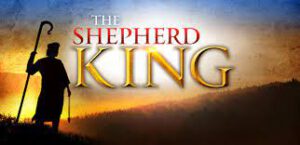
Britain’s Queen of happy memory presided over one of the longest functioning monarchies in the world. For her part, the Catholic Church is unique in showing how a head of state can have a monarchy with a blend of aristocratic and democratic elements too. St Thomas of Aquinas recognised the value of a king – “a shepherd seeking the common good of the multitude” – but strongly opposed an absolute monarch. How it will all pan out, with a new monarch in London and a Synod on Synodality coming up in Rome, only time will tell.
Banner: https://medium.com/@steverob1066_3899/non-angli-sed-angeli-a1a3d1f7656c
